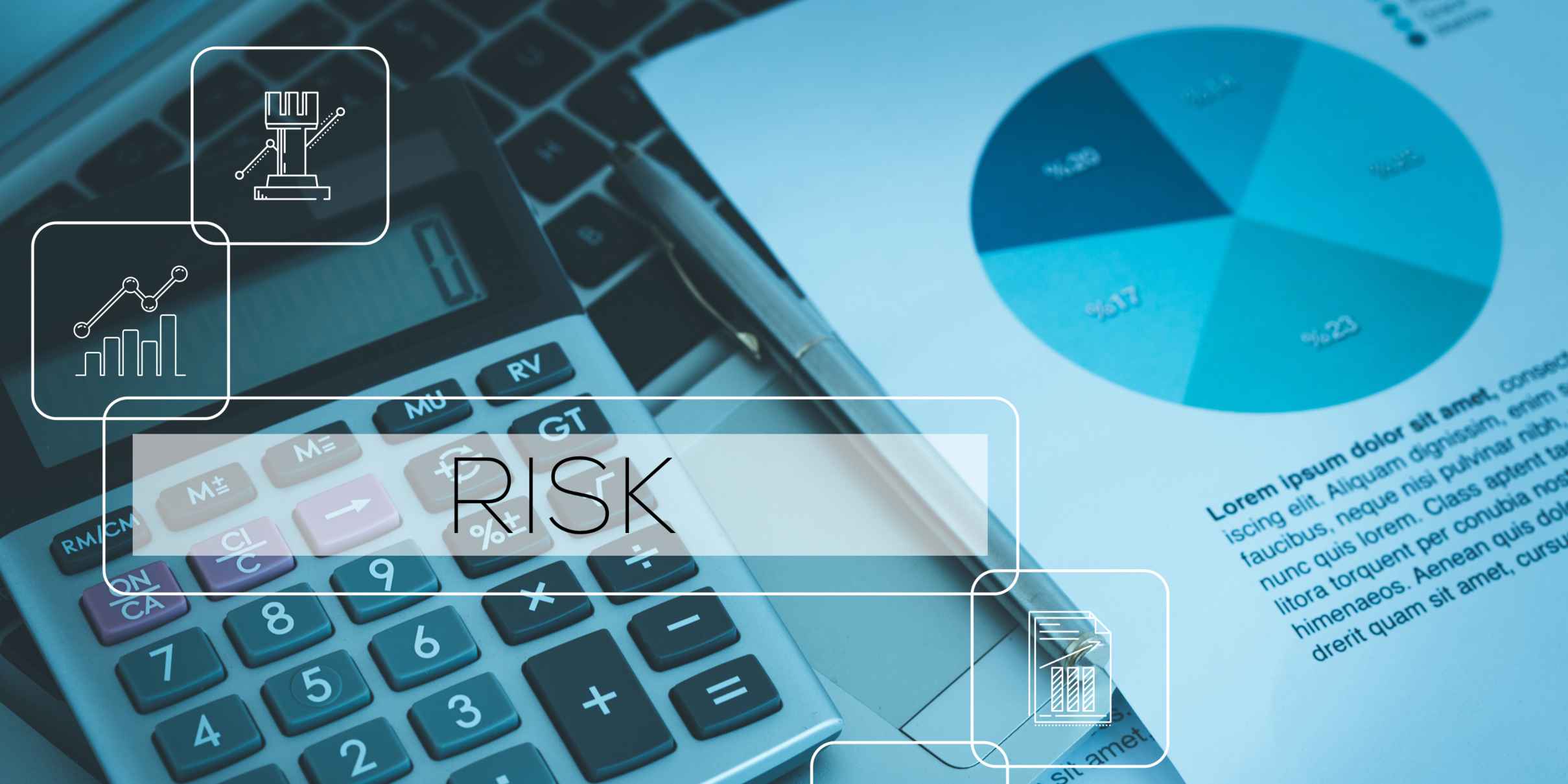In a business landscape increasingly shaped by regulation, digital complexity, and cross-functional accountability, organizations need more than manual processes and spreadsheets to stay in control. Governance, Risk, and Compliance (GRC) tools have become critical platforms for managing risk exposure, ensuring compliance, and embedding good governance across the enterprise. But as the GRC software market expands, it's important to distinguish between superficial tools and platforms that offer true long-term value.
So, what features should a GRC tool have? In this guide, we’ll walk through the core capabilities that any mature GRC solution must offer—especially for financial services, insurers, pension funds, and internal audit teams navigating the evolving European regulatory environment.
Integration with Existing Systems: The Backbone of Efficiency
One of the most important features of a modern GRC tool is its ability to integrate seamlessly with existing systems. Whether it's ERP platforms, HR databases, data lakes, or CMDB system, integration enables consistent, real-time data flow across departments. This not only reduces manual entry and eliminates errors, but also improves decision-making by offering a unified view of operational risks and compliance statuses.
For highly regulated institutions such as banks or insurers, integration is also essential for adapting quickly to regulatory changes. With CERRIX’s integration capabilities, organizations can connect all their compliance-critical systems, streamline reporting, and ensure that data used for risk and audit assessments is always accurate and complete.
Comprehensive Risk Management Features
Effective risk management requires more than just documentation—it demands real-time visibility, structured workflows, and the ability to link risks directly to controls, processes, and incidents. As illustrated in the Risk and Control Cycle below, risk management is an iterative process that spans from defining the assessment scope and identifying risks, to evaluating gross and net risk scores, validating controls, and implementing improvements.
A mature GRC tooling should enable organizations to follow this full cycle seamlessly. CERRIX Risk Management supports each step—from scoring risks based on likelihood and impact, to mapping mitigating controls (Steps 4–7), testing and evaluating control effectiveness (Steps 9–10), and automating follow-up actions (Step 11).
This end-to-end risk lifecycle management is especially valuable for organizations operating under regulatory frameworks like ISQM for auditors or DORA for financial institutions, where proactive, transparent, and repeatable risk control is mandatory.

Automated Compliance Monitoring and Regulatory Alignment
Compliance is not static—it evolves with every regulatory update, policy shift, and industry change. A modern GRC tool should automate compliance tracking by aligning internal controls with external requirements. Whether it's GDPR for data protection, DORA for operational resilience, NIS2 for cybersecurity, or sector-specific laws, the GRC platform should continuously monitor changes and flag risks to compliance.
Through CERRIX's risk, controls, incidents, and reporting modules, organizations can map control frameworks to specific regulatory obligations, align internal controls with regulatory requirements and monitor compliance efforts across business units. This reduces the administrative burden and minimizes the risk of non-compliance fines or reputational harm.
Governance and Policy Management
Corporate governance is about clarity, consistency, and accountability. A GRC tool should support governance by providing the infrastructure to develop, publish, and maintain organizational policies. Additionally, it should help define roles, responsibilities, and escalation paths within the organization to ensure ethical behavior and regulatory alignment.
CERRIX Governance enables organizations to manage the full policy lifecycle—from drafting to approval and revision. Features like organizational mapping and approval hierarchies ensure that everyone knows who is accountable and how decisions align with corporate strategy. This transparency is particularly valuable for pension funds, where governance and fiduciary responsibility are paramount.

Tailored Configuration and Intelligent Workflow Automation
No two organizations are the same. That’s why GRC platforms should allow for deep customization—from configuring approval flows and report layouts to defining how risks or compliance issues are scored and categorized. Automation plays a key role here. The GRC tool should automatically trigger alerts, assign tasks, and escalate issues based on rules that reflect your internal governance structure.
With CERRIX’s flexible configuration options, teams can automate routine compliance and risk tasks, freeing up resources for decision-making. Automation not only improves operational efficiency but also ensures consistency across business units and regions.
Exceptional User Experience for Strong Adoption
Even the most powerful GRC tool will fail to deliver results if employees find it difficult to use. That’s why user interface and experience are critical. The platform should offer intuitive navigation, clear visualizations, and tailored access based on user roles. A GRC tool must be usable not only by compliance professionals, but also by line managers, board members, and auditors.
CERRIX’s user-friendly design ensures a short learning curve and high adoption across departments. This is especially important in fast-paced environments where quick access to data can directly influence decision quality and response times.
Cloud-Based Scalability and Secure Remote Access
As remote work and cross-border teams become the norm, cloud-based GRC tools offer significant advantages. Cloud architecture allows organizations to scale as needed, roll out features globally, and maintain consistent performance without costly IT overhead. It also provides secure access to the GRC platform from any location—supporting both flexibility and business continuity.
CERRIX’s cloud-based solution ensures that compliance and risk activities can continue uninterrupted, whether your teams are in BeNeLux, or beyond.
Real-Time Reporting and Analytics
Visibility into risk and compliance data is essential for both day-to-day operations and strategic planning. A GRC tool should include configurable dashboards and reporting engines that translate data into actionable insights. Whether you're preparing for an internal audit or reporting to regulators, the platform should allow you to generate tailored reports with ease.
CERRIX Reporting empowers organizations to track KPIs, monitor trends, and make data-driven decisions. The platform supports visual dashboards, exportable reports, and real-time tracking of incidents, audits, and risk statuses.
Incident Management and Root Cause Analysis
Incidents—whether they’re operational failures, regulatory breaches, or IT issues—must be managed through structured workflows. A strong GRC platform supports the full incident lifecycle: detection, documentation, investigation, remediation, and closure. Root cause analysis (RCA) capabilities help identify the underlying issues, enabling organizations to implement lasting improvements.
CERRIX incident workflows ensure incidents are not just resolved but also analyzed, preventing recurrence and reinforcing long-term resilience. This is especially important in industries where even minor incidents can have regulatory consequences.
Support for Regional and Sector-Specific Regulatory Frameworks
Finally, the GRC platform should support the regulatory frameworks most relevant to your geography and industry. Whether it's ISQM for audit quality, GDPR for data privacy, DORA for operational resilience, NIS2 for critical infrastructure, or the EU AI Act for algorithmic accountability, the tool should include pre-configured templates, controls, and documentation support.
CERRIX offers out-of-the-box alignment with the most relevant European regulations, giving organizations a head start on compliance while reducing the effort of interpreting complex legislation.
Frequently Asked Questions
Why is integration important in a GRC tool?
Integration ensures that a GRC tool maintains consistent and real-time data across departments, reduces errors, and breaks down silos. This is essential for unified decision-making and fast responses to regulatory changes.
How does a GRC tool support risk management?
GRC platforms offer risk assessment, monitoring, and reporting features. These help organizations identify potential risks, assess their impact, and implement mitigation strategies—all in a traceable, auditable way.
What role does compliance management play in GRC tools?
Compliance management ensures organizations meet regulatory requirements by automating audit processes, mapping controls to regulations, and providing timely alerts for policy violations or changes.
How can a GRC tool enhance governance within an organization?
Governance is improved through policy lifecycle management, decision framework support, and organizational role clarity. GRC tools embed accountability into daily operations.
What customization options should a GRC tool offer?
Custom workflows, scoring models, role-based dashboards, and automation rules allow organizations to tailor the platform to their needs without extensive IT involvement.
How do user experience and interface design impact GRC tools?
An intuitive UI ensures that users across the organization—from compliance officers to business leaders—can easily adopt and use the tool effectively, maximizing its ROI.
What are the benefits of having a cloud-based GRC tool?
Cloud-based tools offer scalability, remote access, lower IT maintenance, and faster deployment—ideal for multi-office or hybrid teams.
How does a GRC tool facilitate incident management?
Structured workflows, root cause analysis, and automated corrective actions help organizations manage incidents proactively, reduce risk exposure, and improve long-term resilience.
Final Thoughts
The best GRC tools do more than help you stay compliant—they give you the insight, structure, and agility to lead in your industry. From integration and automation to risk and compliance alignment, these features are essential for building operational excellence and regulatory resilience.
If you're looking for a GRC platform designed specifically for regulated European industries, CERRIX is ready to help.
Spreadsheets vs. GRC Tools: Elevating Risk & Compliance Management
Accessible popup
Welcome to Finsweet's accessible modal component for Webflow Libraries. This modal uses custom code to open and close. It is accessible through custom attributes and custom JavaScript added in the embed block of the component. If you're interested in how this is built, check out the Attributes documentation page for this modal component.


.jpg)
%20(1).jpg)
.jpg)
.jpg)
.jpg)
.jpg)
%20(1).jpg)
.jpg)
%20(1).jpg)
.jpg)
.jpg)

.jpg)
.jpg)





.jpg)

%20(2).jpg)
















%20(1)%20(2).jpg)





.jpg)

.png)
.jpg)





%20(1).avif)



